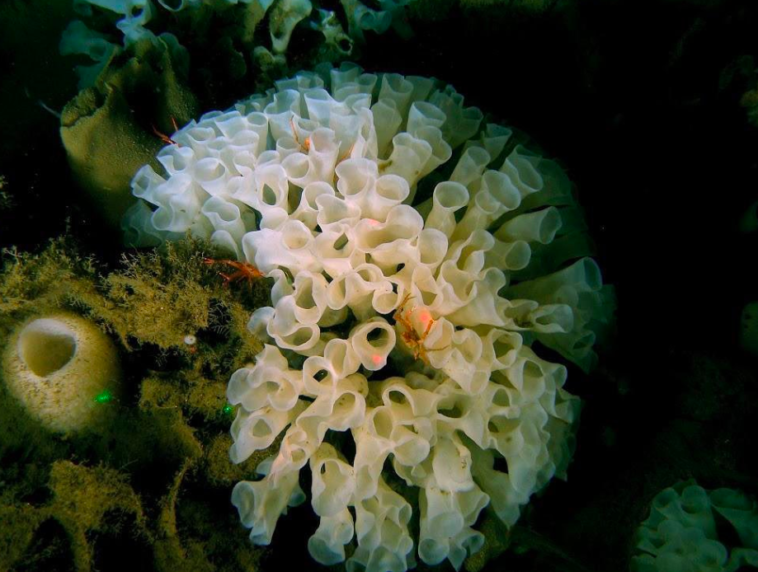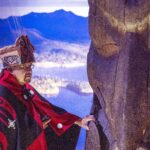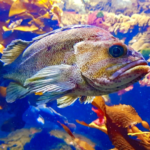Recently a recreational fisherman was hit with a steep $18,000 fine for dropping eight prawn traps onto delicate glass sponge reefs in Howe Sound.
Jian Lun Aaron Zhang, 42, of Burnaby, was caught by fisheries officers on July 20, 2020, reported the North Shore News.
His lawyer argued for a lighter penalty but the judge disagreed, ruling that “Mr. Zhang is fully culpable for the offence committed.”
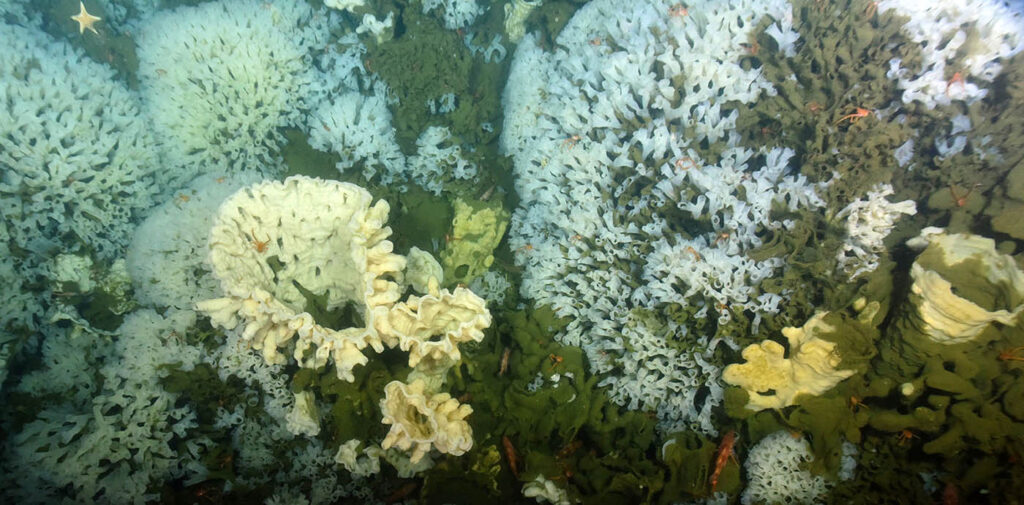
But despite the hefty fine in this most recent case, environmental groups warned this week of “a complete economic and ecological collapse” of the reefs unless Ottawa speeds up protection and cracks down harder on illegal fishermen.
“Actual protection of the (reefs) is basically non-existent and fishers are escaping accountability for the damage incurred by their actions,” said a letter signed by several organizations and sent Dec. 5 to federal fisheries minister Joyce Murray.
Rare glass sponge reefs, in Howe Sound and Hecate Strait, filter and clean water, and serve as a nursery and refuge for other life forms, including key economic species used in commercial, recreational and cultural fisheries, say experts.
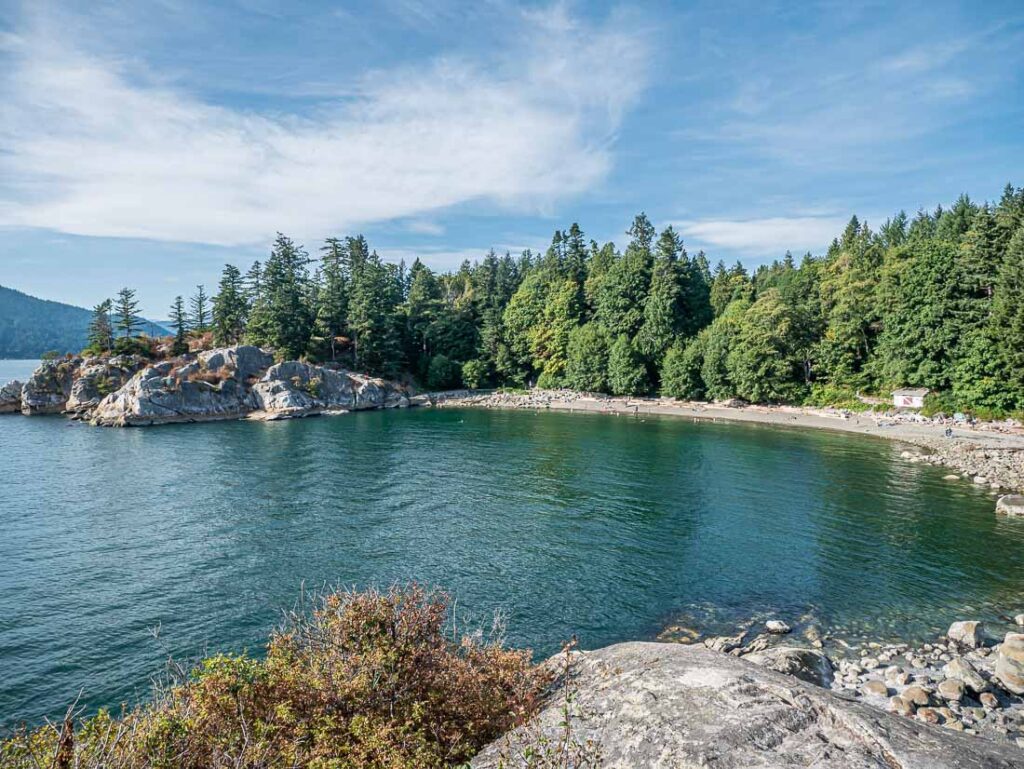
While many of the reefs are listed as protected, without monitoring and enforcement they are “paper parks,” said Kate MacMillan of the Canadian Parks and Wilderness Society.
Dropping prawn traps onto glass sponge reefs is “like allowing someone to use a snow plow in a china shop,” said biologist Christopher Harley of the University of B.C.
Glass sponge reefs, which are so ancient they’re older than the dinosaurs, were believed to be extinct until the 1980s when scientists discovered living reefs off B.C.’s coast.
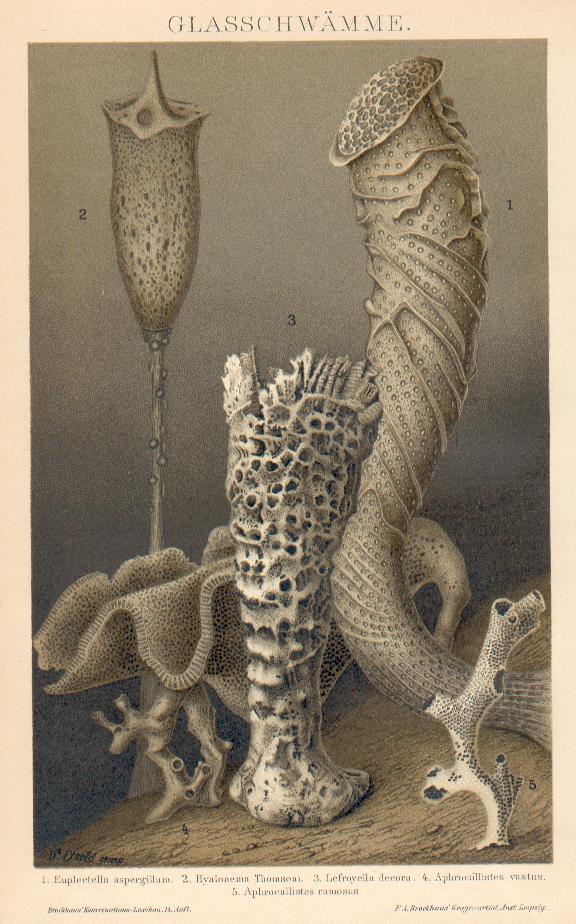
The reefs, built of glass, are the skeletons of tiny filter-feeding marine animals. They can take centuries to grow and, once damaged, may disappear.
Whole glass sponge reefs are rare in the world, noted the Parks and Wilderness Society. “On the north and central coasts, these living reefs stretch for hundreds of kilometres across the seafloor and reach the height of a six-story building. Smaller reefs also grow in the Salish Sea on the south coast, just outside Vancouver and Victoria.”
The federal government has pledged to place two more fisheries officers in Squamish next year, noted the letter, but environmental groups fear that will be too late.
That’s because prosecutions for illegal fishing are rare, and take years to move through the court system.
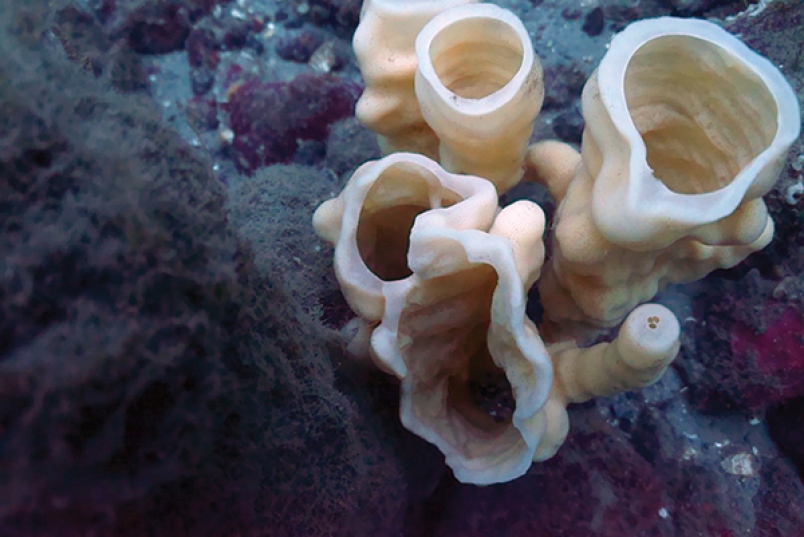
Most illegal fishermen are not even caught at all, said the Marine Life Sanctuaries Society, noting that it contacts DFO repeatedly about illegal fishing in Howe Sound, but “damage to the reefs continues.” In a letter to Murray it sent last May, the society cited 78 infractions in about three months “with photos and videos showing illegal fishing, as it is occurring,” but no action was taken. It is estimated there are at least cases of illegal fishing on the reefs in Howe Sound each week.
The reefs “continue to be hammered by mechanical equipment used by recreational and commercial bottom-contact fishing activities,” said the society.




